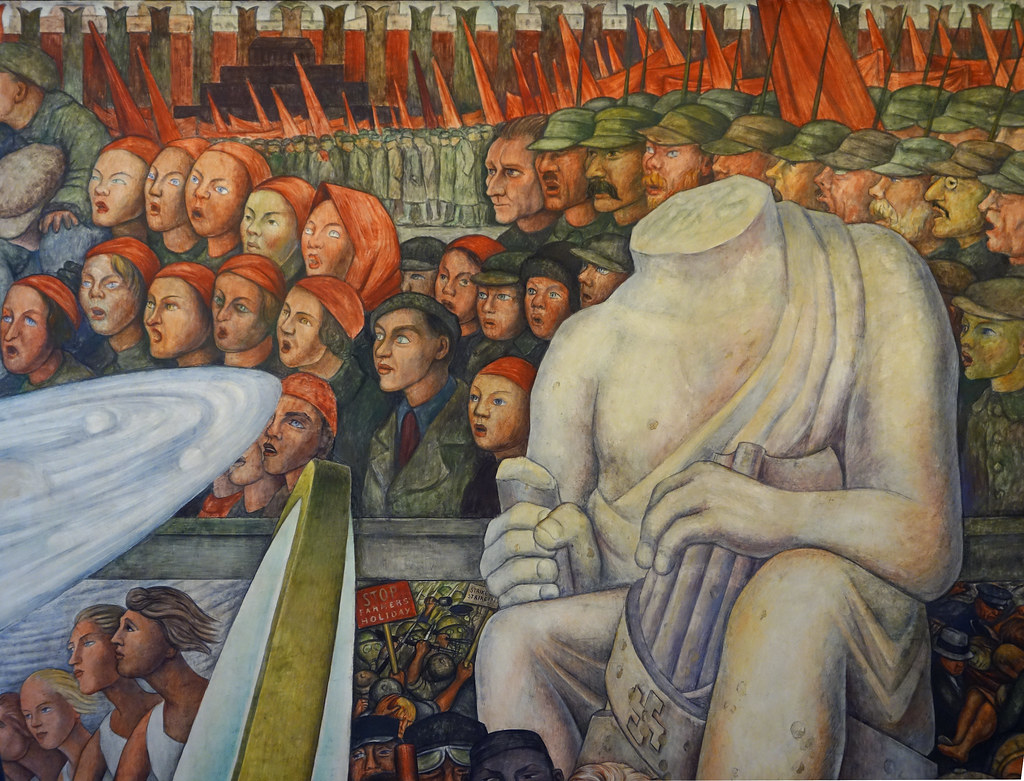Side
Lorem ipsum dolor sit amet, consectetur adipiscing elit..
For Marxist Aesthetics and Against the "Socialist Aesthetic"

When it comes to the study of aesthetics from a Marxist perspective, there is a burdening imperative to first distance the field from the so-called Socialist Aesthetic movement, also known as Socialist, or Social, Realism. In simple terms, "Aesthetics" is the branch of philosophy concerned with beauty, and by extension, the branch of philosophy that best fits the philosophical analysis of art as a phenomenon and works of art. An "aesthetic," as employed in everyday speech, refers to any coherent grouping of visual, audible, literary, and linguistic trends that tend to be employed frequently in a particular context—in other words, an aesthetic trend. Howvever, the whole idea of how aesthetics and art is conceived in philosophy—and philosophy as a whole, quite frankly—has some issues.
"Socialist Aesthetic" is a somewhat vague term that is usually interchanged with Socialist, also Social, Realism, the name of one of many artistic movements in the visual arts of post-revolutionary Marxist-Leninist societies, most notably the Soviet Union, China, Vietnam and the Democratic Republic of Korea.
Marxist Aesthetics is, to put it simply, the analysis of art as phenomenon, art history, works of art, visual language and culture, et cetera, from the perspective of dialectical, and by extension historical, materialism, as developed not only by Karl Marx and Friedrich Engels, political economy, and social critique. Let's look at how three different people, each with a different approach, would analyse Dalí's The Weaning of Furniture Nutrition. A formalist would focus on the composition, the brushstrokes, the colour palette, et cetera, to find meaning. A psychoanalyst would focus on the painting's evident dreamlike nature, analyse the objects and the figure present, how they are intervened and deformed by the author, and interpret the image as they would a dream, not too far away from the intention of a surrealist like Dalí. The Marxist, however, would probably point out. The Marxist would insist that the work of art, as labour and thus an act of human reaffirmation, like the social being, cannot be understood without comprehending its place in the society that produced it, as well as the material effects it has had since its completion: the role of the author in the class struggle, the c.
Marxist Aesthetics is everywhere, and it has been used as a tool of artistic, "aesthetic," and cultural analysis even, if not mostly, by many who do not think of themselves as explicitly Marxists or Marxist-Leninists, and might even be hostile to these currents should the names be spoken in their presence. George Orwell comes to mind.